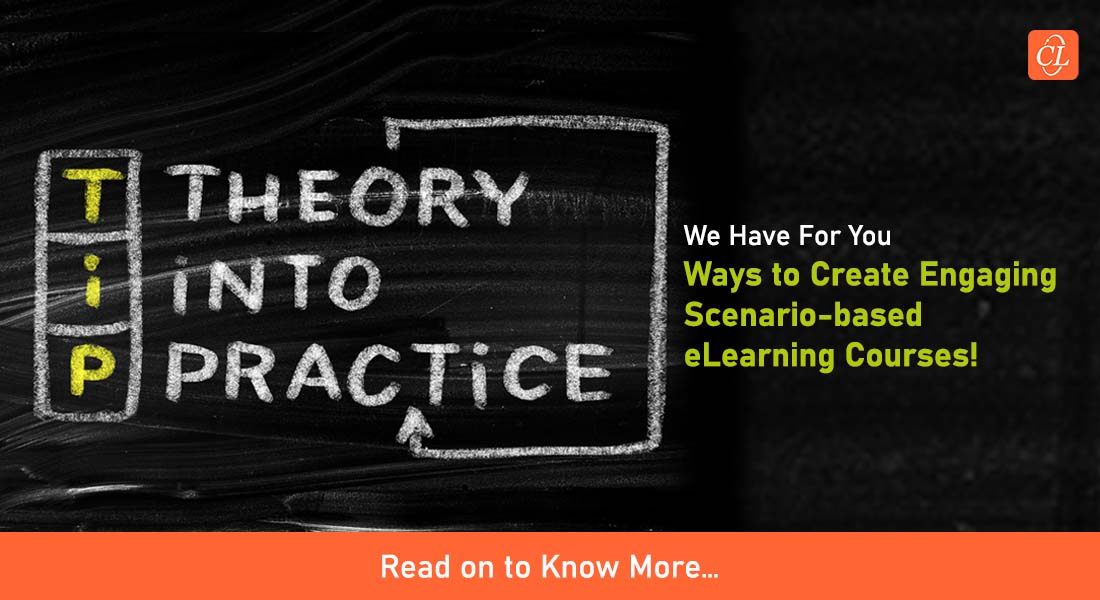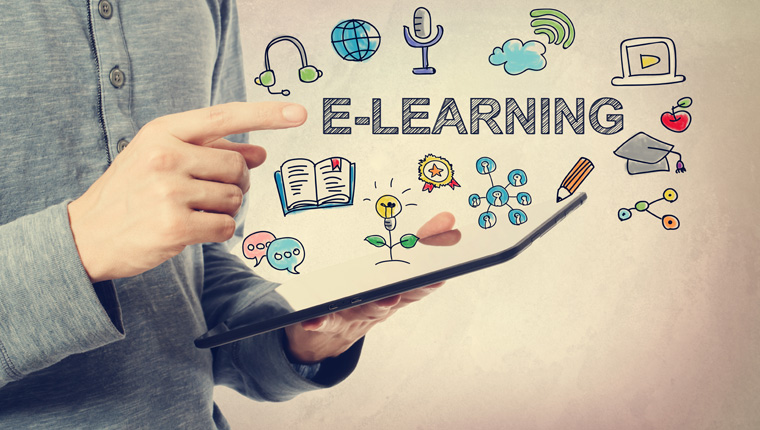Edutainment: Making eLearning Fun for Millennials
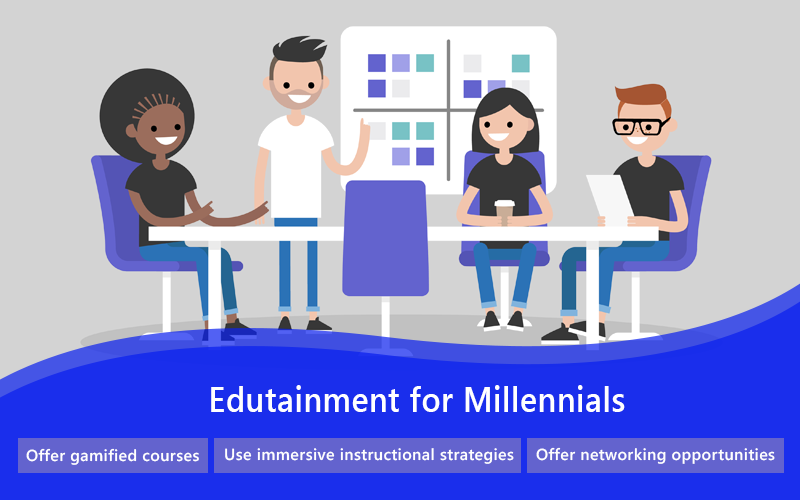
Your corporate training needs to be educational, not entertaining, right? Wrong! With the millennials or Gen Y (born between 1981 and 1996) forming the majority of the workforce in the corporate world, there is a major paradigm shift to ‘Edutainment’, the new mantra. Edutainment refers to the presentation of educational material in an entertaining and engaging way, and aims to integrate these two seemingly opposite concepts. Let’s see how eLearning can act as an agent of conduit between training and entertainment.
Edutainment Elements in eLearning to Engage Millennials
- Social Learning
- Game-based Design
- Gamification
- Learning through Exploration and Discovery (LEAD)
- Immersive Learning Experience
Why ‘Millennials’ are Important
We talk a lot about millennials and their presence in the workplace. But how much do they actually contribute to workplace demographics?
According to Pew Research Center, millennials make up more than 35% of the current workforce and are predicted to peak at 75% by 2025. Moreover, the estimated cost of replacing a Gen Y employee is between $15,000 and $25,000.
Download this handy guide on using eLearning to onboard millennials.
5 Elements of Edutainment for Millennial Training
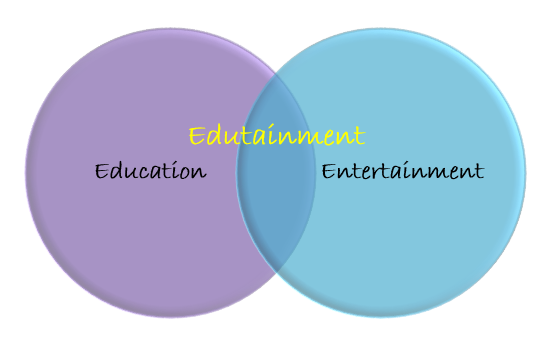
1. “To Learn or Socialize? Or do Both?” The Social Network Effect
‘You can’t take social media out of millennials; nor can you take millennials out of social media.’ Millennials love interesting work and a good work-life balance. They are not willing to sacrifice their personal lives for work demands. This world of recorded, shared, validated, and trending experiences is their home.

Socializing and peer relations are part an important part of their lives. Leveraging the power of social learning will make for a more impactful and effective eLearning program for millennials. Discussion boards, chat bots, messengers in your LMS, etc., will give millennial employees a platform to discuss ideas, gain different opinions and insights, build professional relationships; all in a way which is familiar to them.
|
“Encouraging Millennials to Collaborate and Learn on the Job”, a research paper by American Productivity and Quality Centre (APQC) cites the example of MWH Global, an engineering and consulting firm, which had an interesting social learning experience. In 2012, a few new employees started an unofficial, unsponsored MHW Yammer group which attracted more than 3000 employees in 3 months. It enabled employees to seek advice and share information from the Yammer group. Its popularity soon surpassed that of the MWH’s official SharePoint Community, leading to the ‘Yammer Explosion” as the company gradually replaced its SharePoint Community with the Yammer Feed. |
2. “It’s All a Game! Learn While You Play!”
The popular “All work and no play, makes Jack a dull boy” can be rewritten as “There is no work without play” in this millennial age. Millennials grew up surrounded by games. Xboxes, Play Stations, Nintendo, and arcade games define their childhood and the obsession hasn’t faded. An average millennial spends $112 every month on video games.
According to a Forbes article, 67% of millennials workers think gaming teaches them how to establish winning strategies, 70% that it helps them become better problem-solvers, 63% that it enhances their abilities to work in a team, and nearly a third of them have an online avatar.
Game-based instructional strategies can effectively capture millennial learners’ attention and positively impact their training. Whether it’s a simple drag-and-drop or a complex AR/VR based design, game-based eLearning provides learning which is fun, engaging, and educating.
3. Gamification: The Way to Millennial Gratification
Gen Y learners are cultural hedonists seeking validating and gratifying experiences. The relationship between this psyche and the growing trend of gamification in digital training is not hard to understand. Gamification incorporates gaming elements such as achievement levels, scores, points, scenarios, and avatars in a regular eLearning course. Each new achievement causes a rush of excitement and pleasure, motivating learners to do more, to go further.
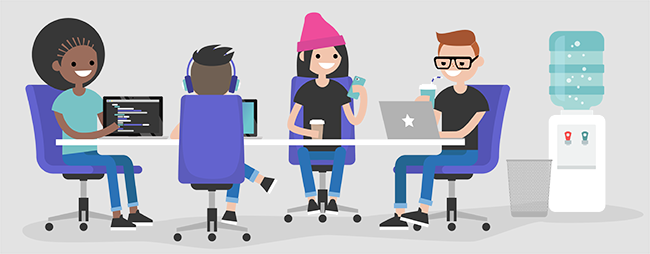
A gamified learning experience can be accomplished both within an eLearning course through avatars and scenarios, and outside it, with your LMS. Many LMSs such as Adobe Captivate Prime, iSpring Learn come with built-in gamifying features such as leaderboards, badges, and points. So, get adrenalin surging with gamification, transforming millennials into learning-junkies.
4. Let Learners LEAD in eLearning!
Millennials are not the childish authority-questioning rebels they are usually portrayed as. They have a strong self-identity, and don’t blindly accept what is told, liking to explore and discover things for themselves. Learning through Exploration and Discovery (LEAD) is an amazing instructional design strategy that makes learning a self-directed enterprise.
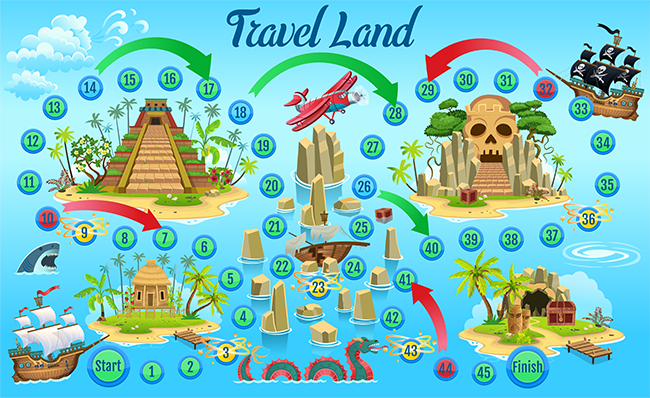
Employing the LEAD strategy in eLearning will start your millennial learners on a quest to discover new information. It plays on their curious and adventure-seeking mind and lets them interact with the scenario in the course. By making learners an active part of the eLearning environment, LEAD allows for an effective learning experience.
5. Immerse Learners in the Learning Environment
If there is one generalization about millennials that is true, it is their affinity toward technology and gadgets. This generation never learned how to operate a gadget; they were almost ‘born’ with that knowledge. Now that new-age eLearning trends such as Augmented Reality (AR) and Virtual Reality (VR) are becoming everyday affairs; immersive learning experiences are turning into reality.
Though this immersive learning is not very common in corporate L&D right now, it is making inroads. And millennials are the best people to take this forward. Even now, the simplest version of immersive learning, ‘simulation’ is the millennials’ favorite training strategy that allows them to have a hands-on learning experience.
Do not make the mistake of underestimating millennials as easily-distracted, screen-addicted individuals. They are great multitaskers and in their own unique way strive to learn while having fun. So use ‘edutainment’ that provides fun eLearning experiences to enhance the KSA (knowledge, skills, attitude) of your millennial workforce.



